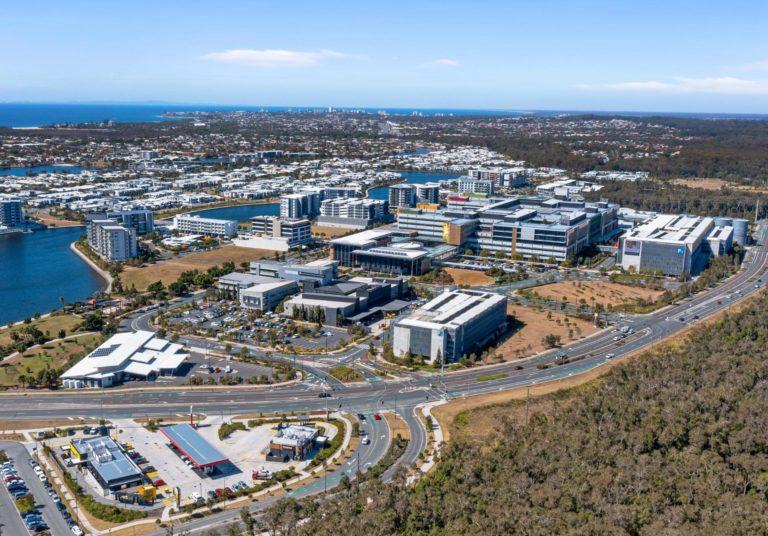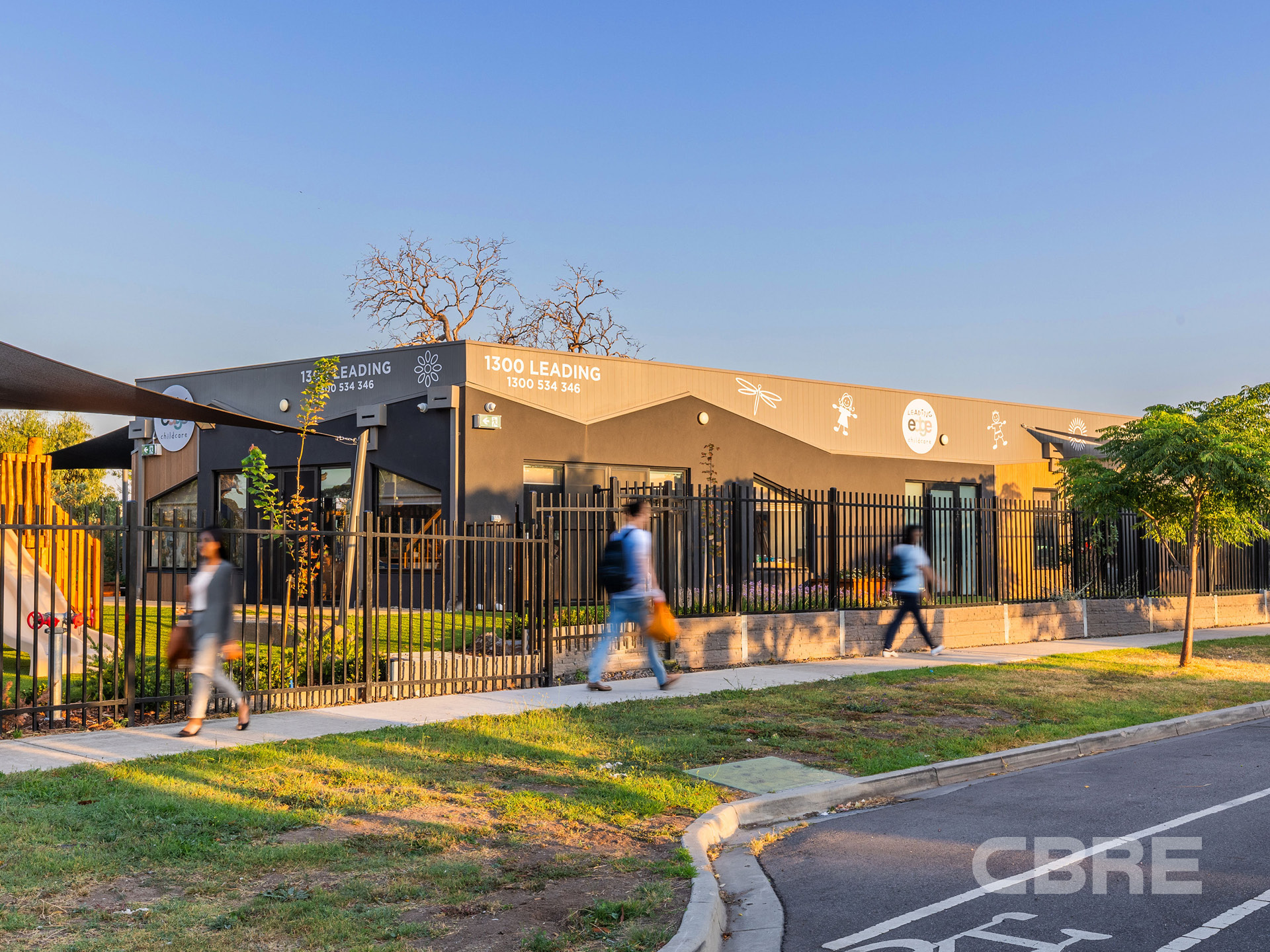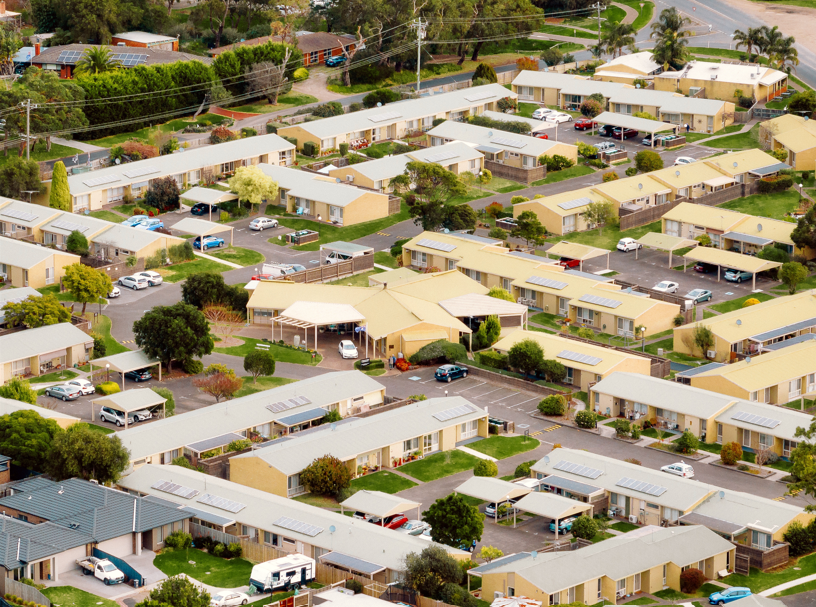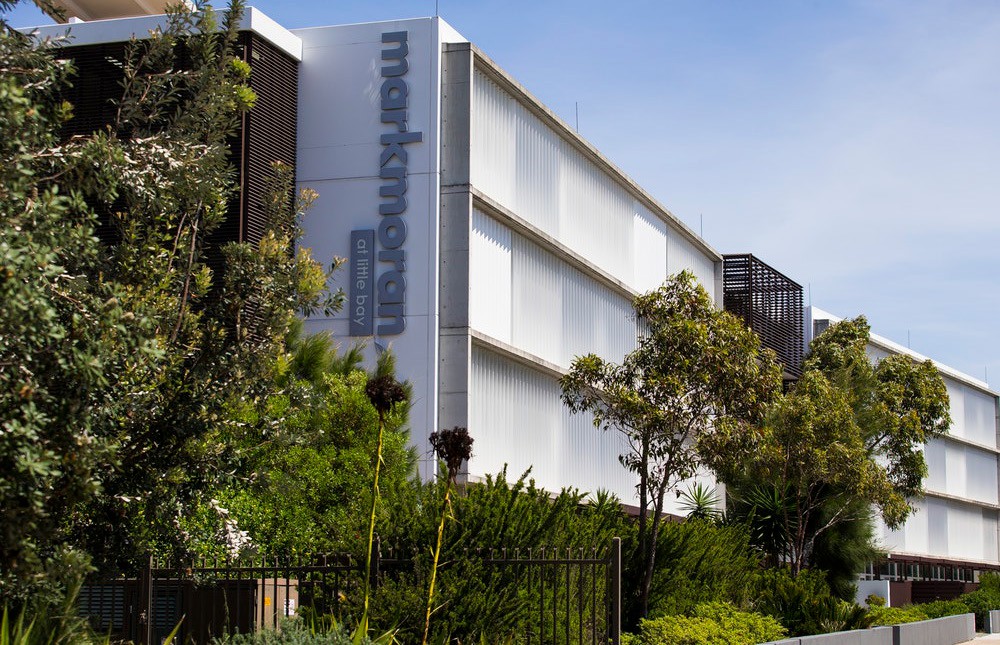
With the Reserve Bank of Australia raising interest rates and further increases expected, investors are more risk averse with their investment review. Why is this? Economic uncertainty and higher borrowing risk could be to blame but perhaps it’s something more.
A lack of asset knowledge can be a key driver of reduced buying appetite, however one asset class and its investment demand has been unwavering in recent years.
CBRE’s Australian Healthcare & Social Infrastructure team Jimmy Tat reveals healthcare assets have been among the most preferred property asset classes in recent years.
What are healthcare assets ?
Healthcare assets consist of various sub-categories ranging from private and large hospitals to medical centres and clinics. At the height of the pandemic, we saw these assets continue to operate as both Federal and State governments required the facilities for high priority use and they were defined as essential services.
This was to the benefit of many existing owners within the asset class, with many investors having to shut down their hospitality, retail, and office spaces and seeing reduced income as a result. A steady income stream was considered unprecedented between 2020 and 2021. One would struggle to name another asset class which has withstood the barrage of economic hits laid upon Australia.
Currently worth around $25 billion dollars, Australia’s private hospital sector is already bracing for growth over the next two decades. Whilst these numbers are encouraging, it is a clear sign that society needs robust healthcare services to keep up with the demand. Existing healthcare dwellings are becoming outdated and the focus for the industry over the next few years will be development of new facilities which provides an excellent opportunity for investors to enter the market in what can now be described as a “Foundational Community Asset”.
Why they’re attractive assets
The core reason behind the appeal of healthcare assets is the stability of the medical businesses. Due to the extensive building works often required to tailor for a new tenant, the typical lease term starts at a minimum of five years with 15-20 year-plus leases not being uncommon. Owners will often provide significant incentives to facilitate smooth transitioning for operators relocating and expanding, ranging from fit out contributions to rent free periods.
Typical incentives in today’s marketplace range from 20% to 25% of the total aggregate rent. The key question then becomes: why are owners willing to invest so much into securing a high-quality medical tenant?
On top of the stable income, when it comes time to sell the property, having a reputable medical tenant with a long lease term will make the property vastly more appealing.
As a real-world example indicating the stability of this asset class as well as the positive sentiment surrounding its investors, CBRE last year sold a recently developed health building located in the heart of the Sunshine Coast Health Precinct for $28.9 million.
Solving a long-term healthcare crisis
So why does Australia need more healthcare assets and investment? Mental health has been a big factor since the pandemic with over two in five Australians aged 16-85 years-old (43.7%) experiencing a mental health disorder over the past 24 months.
Elective surgery has also populated the media with headlines created during the pause in surgeries for most procedures. The Australian Institute of Health and Welfare reports that during the pandemic, the number of admissions for elective surgery was 9.6% higher than in 2018-2019, however there was a 40% increase in waitlists from 2019-2020.
The Federal and State Budget announcements have provided Australia with a good insight into the key economic and financial decisions made at a parliamentary level which stand to affect us all in one way or another.
We can see that both Federal and State governments have categorised items such as medicinal costs, medical research, and NDIS funding as of upmost importance and this is reflected through the amount of funding and cost cutting to the consumer.
From an investment point of view, the healthcare asset class has never been in a stronger position about government backing. With an ageing population, increased cost of living and ongoing economic uncertainty, it is encouraging to see that the Australian government has not only committed to supporting the sector but has forecast spending well into the future. These factors continue to help reinforce the healthcare asset class as one of the most attractive opportunities for investors.



